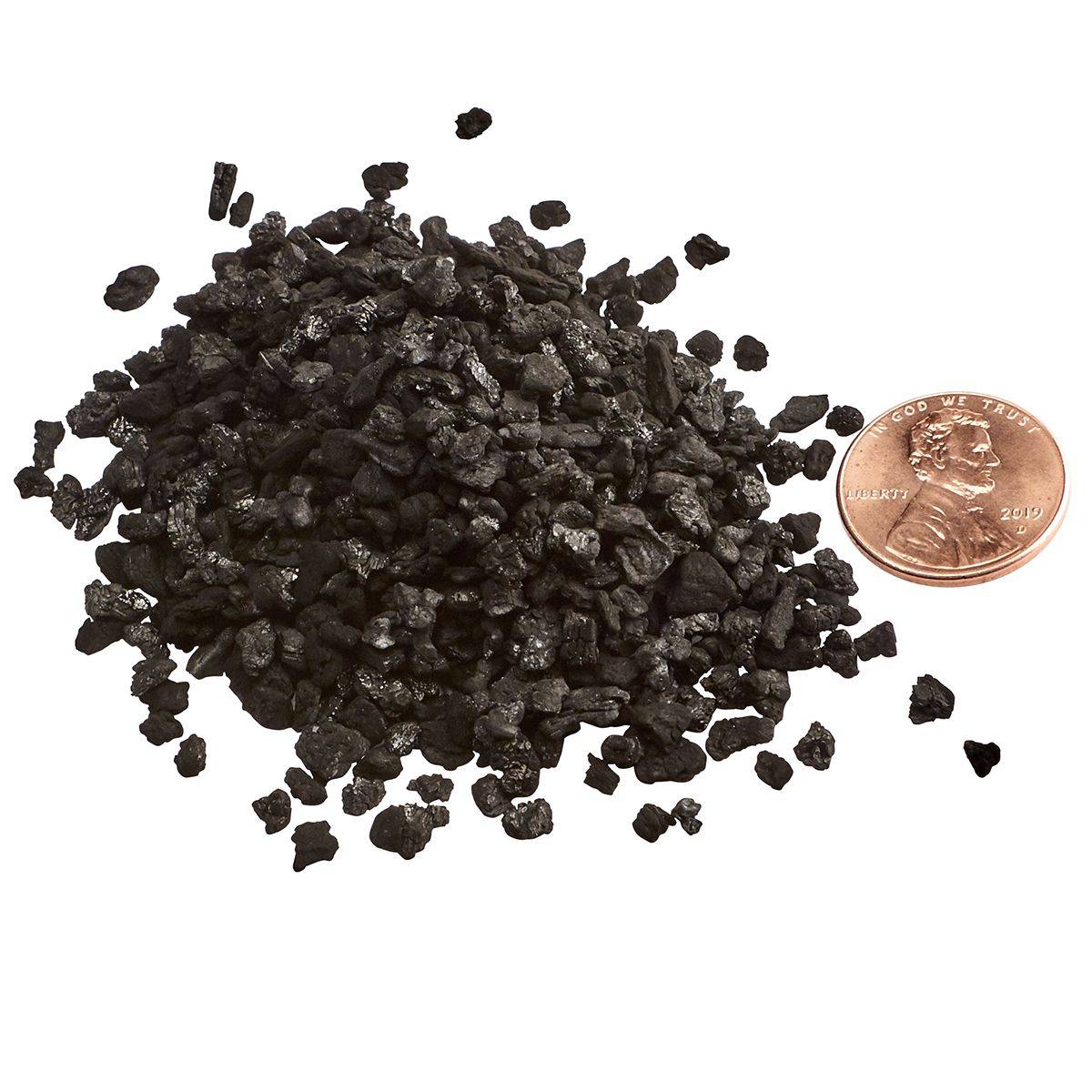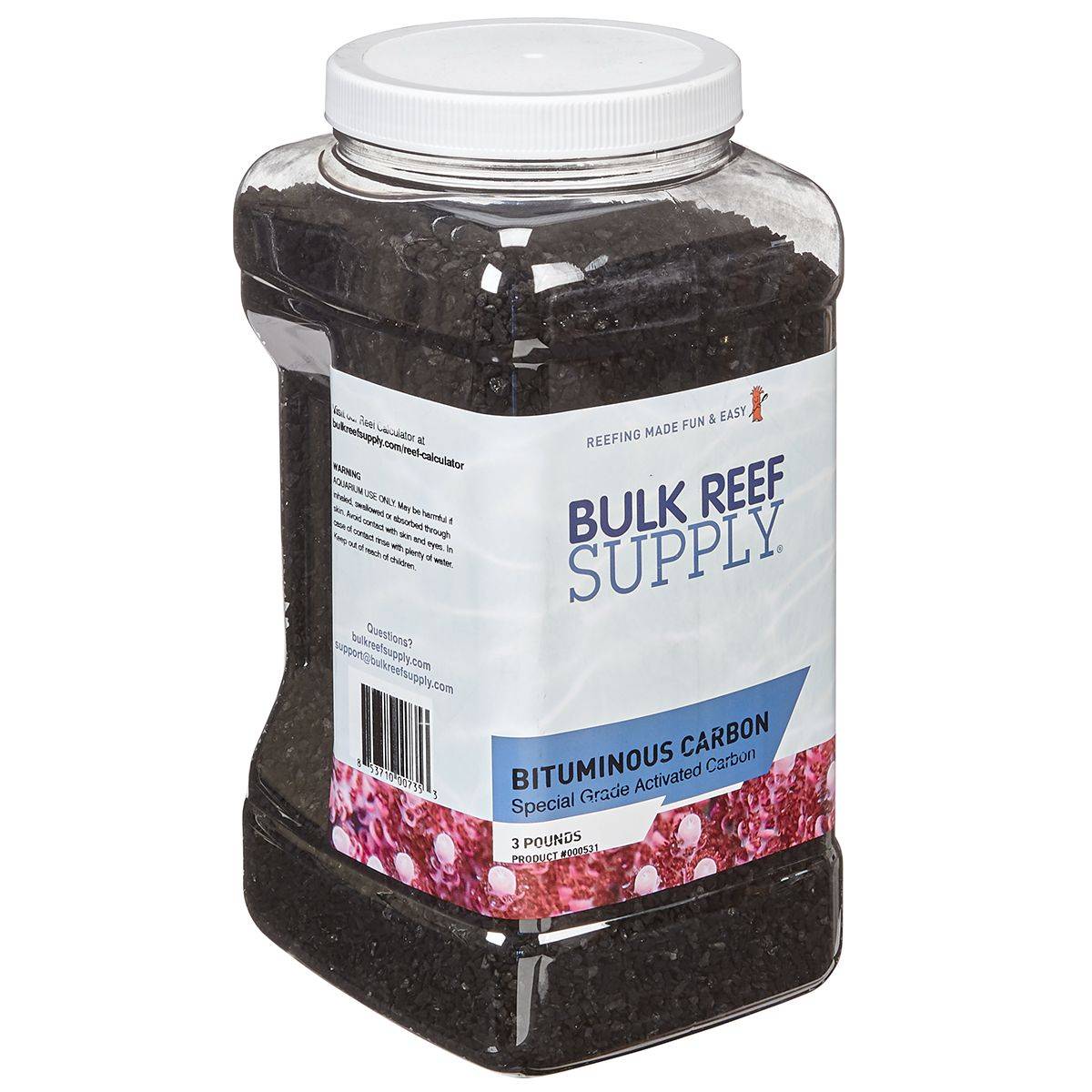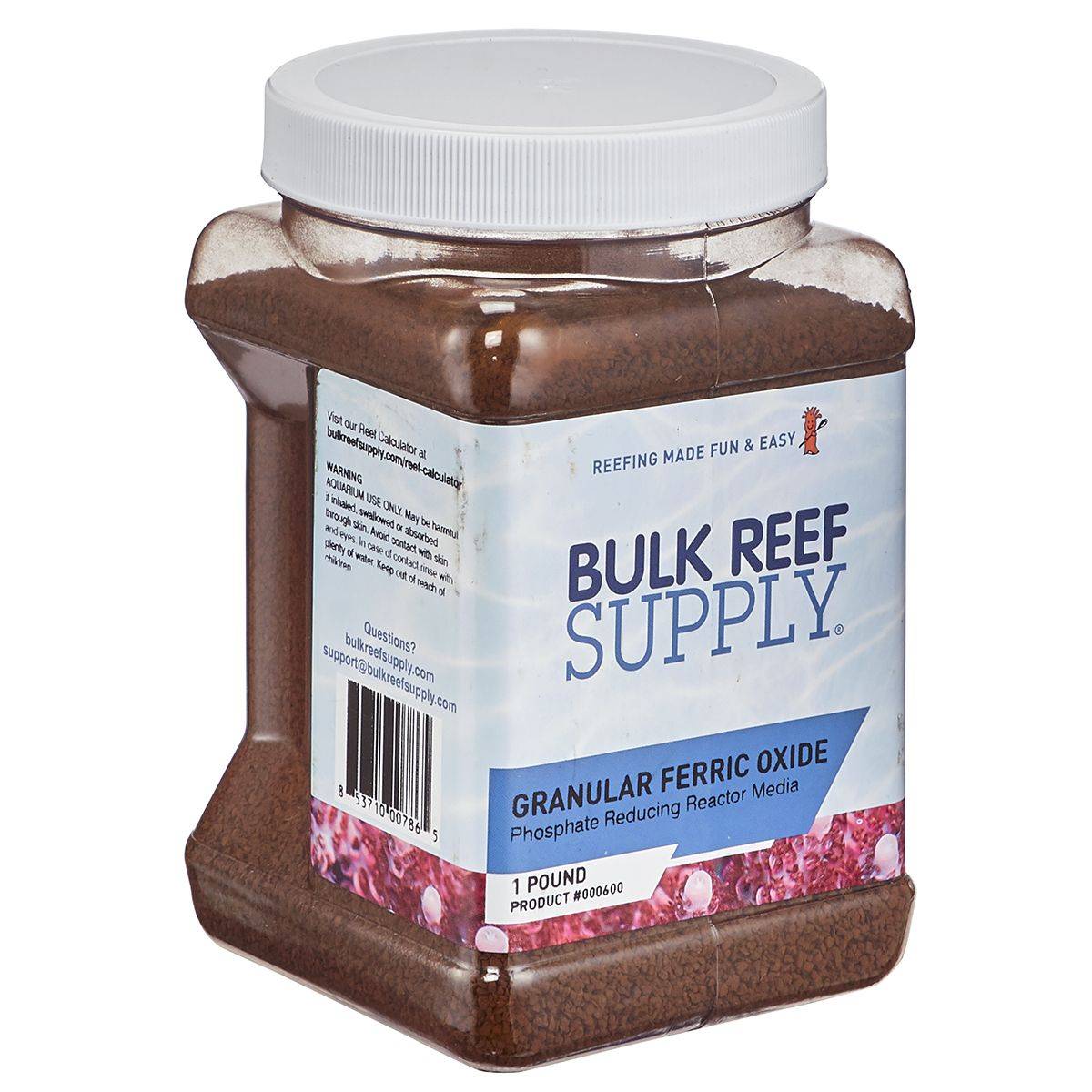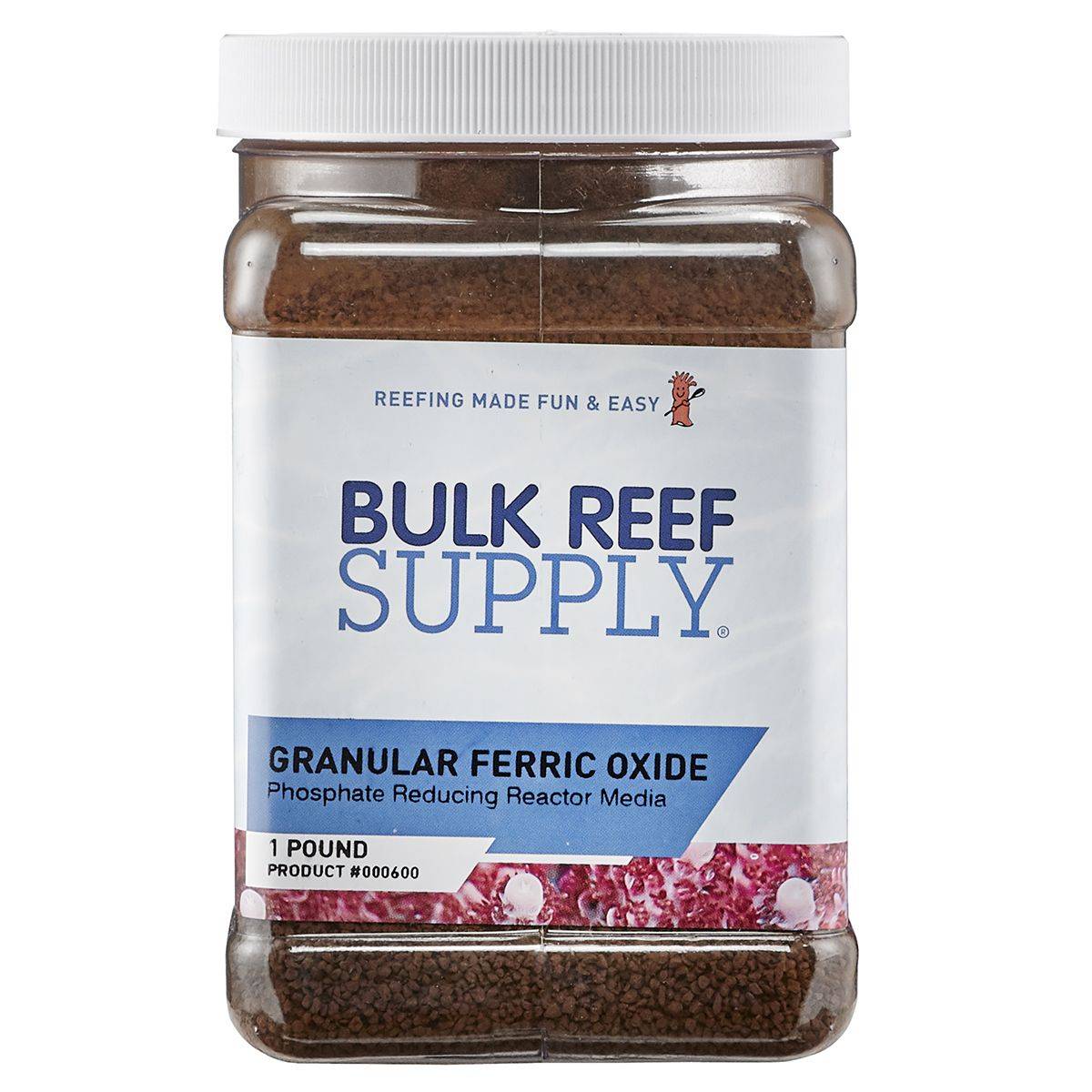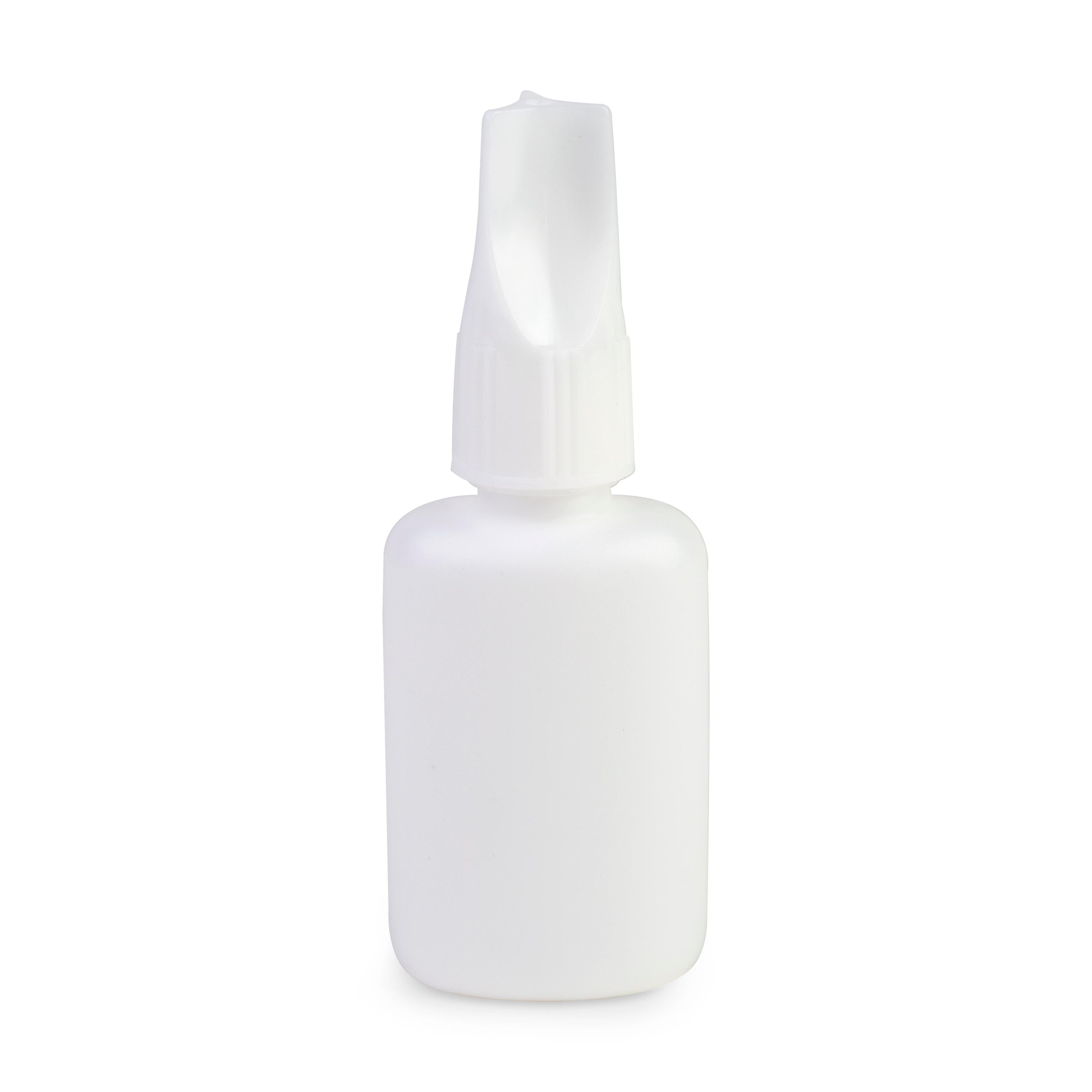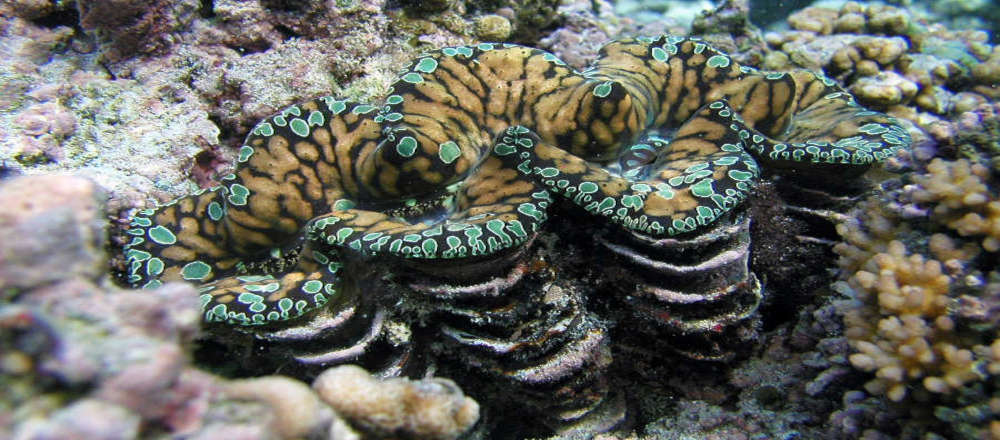
Squamosa Clam (Tridacna squamosa)
Max Size: 2 feet
Supplements: Calcium, Trace Elements
Waterflow: Medium
Lighting: Moderate to High
Placement: Bottom to Middle
The Squamosa Clam, also known as the Scaled Clam, gets its name from the Latin word for scale, squamosa, due to the numerous rows of large scales covering its shell. These scales are often used as shelter by other organisms such as crabs, bivalves, and other sessile invertebrates. The Squamosa Clam has a symmetrical shell that closes tightly to protect itself from predators. It has a wide byssal opening and long tentacles surrounding its incurrent siphon and weakly attaches to solid substrates with byssal filaments.
These clams have a broad range in the wild and are found in Central and South Pacific, the Coral Sea, the Indo-Pacific, the Indian Ocean, and the Red Sea. They are commonly found living among live and dead stony corals of the genus Acropora at depths up to 50 feet. Tridacna squamosal in the aquarium trade are cultured in the Central Pacific and South Pacific Ocean and are primarily gold, brown, and yellow with occasional orange, green, or blue spots. The rarest color form of Tridacna squamosal is all blue, and it is rarely available in the aquarium trade, with a very high price.
Squamosa clams will either arrive unattached or attached to small pieces of substrate. They will attach to a solid surface within a week or so of being introduced to the aquarium. It is essential to never forcibly remove an attached clam from the substrate or rockwork as it may cause lethal damage to their foot and other tissue. Gently cutting each byssal thread with a razor blade as close to the attachment point of the rock or solid surface is the last resort for removing a clam from a hard surface, making sure not to slice or damage any tissue.
In the home aquarium, Squamosa Clams require moderate to high lighting as they contain symbiotic algae called zooxanthellae, and receive the majority of their nutrition from light through photosynthesis. Smaller T. squamosa that are 2" or less in size are more sensitive to very intense lighting as their membrane is much thinner than larger specimens. Therefore, it is crucial to photo-adapt them to the existing reef aquarium lighting in a similar manner to newly introduced stony and soft corals. When adapting a new Squamosa Clam to very intense lighting, it is ideal to set them on a small rock or in a plastic dish with coarse substrate at the bottom of the aquarium, and over time, they can be slowly moved up higher in the aquarium.
Squamosa Clams are filter feeders and constantly filter the water for small particulates. T. squamosa that are larger than 2" do not require supplemental feedings, but smaller T. squamosa that are less than 2" should be fed a phytoplankton or greenwater supplement several times per week if maintained in a nutrient-poor reef aquarium. These clams are relatively hardy and less demanding than most other Tridacna species, requiring moderate to intense lighting and good water flow in the home aquarium. Proper water chemistry is very important, and they will thrive when calcium levels of 380-450 mg/L, alkalinity level of 8-11 dKH, and magnesium level of 1280-1350 ppm are maintained.


